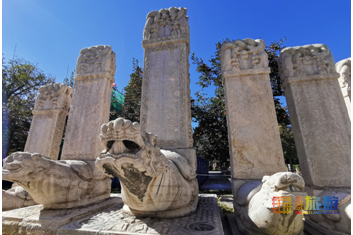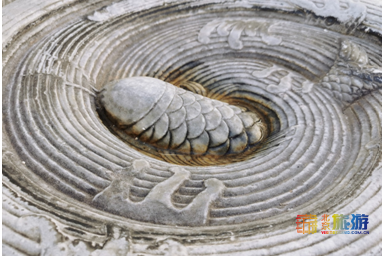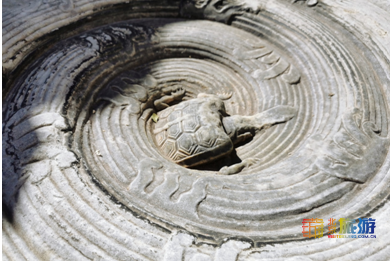In the vast sea of steles, there is an exceptionally tall stele that is particularly eye-catching. This is the "Fuheng Ancestral Temple Stele" recommended by the curator of the museum—yes, it is Fucha Fuheng, the younger brother of the Empress Fucha. So why did Emperor Qianlong build such a magnificent monument for him?

At that time, Fuheng won the battle of Dajinchuan, contributing a lot to Qianlong’s suppression of the chaos in the frontier. The monument records the overview of the Dajinchuan battle and the process of building the temple. Four aquatic animals, fish, shrimp, tortoise, and crab are carved on the four corners of the base of the stele, which symbolizes that the stele's owner used to be powerful. When it rains, the four small holes are filled with water, and animals live in them.


The two sides of the stele are carved with five-claw dragon reliefs, and the surrounding borders are even carved with dragon patterns that symbolize the royal family, which shows that Emperor Qianlong attached great importance to this great general. The Fuheng Ancestral Temple Stele has therefore become a masterpiece of Chinese stone carving art.



